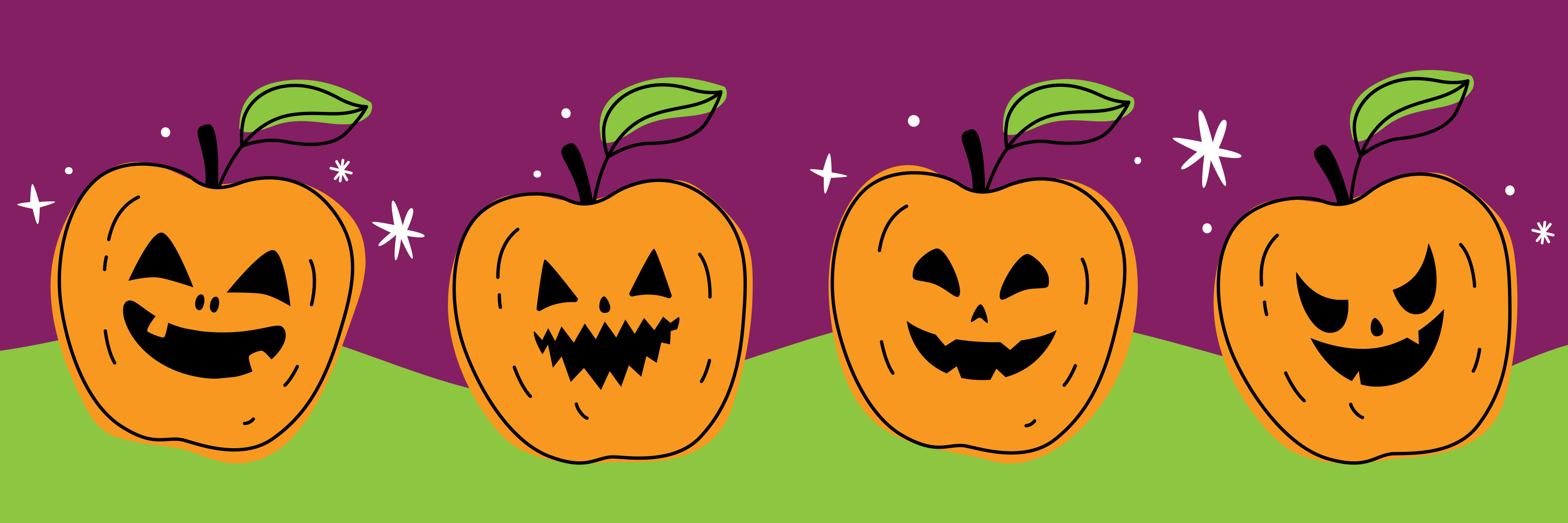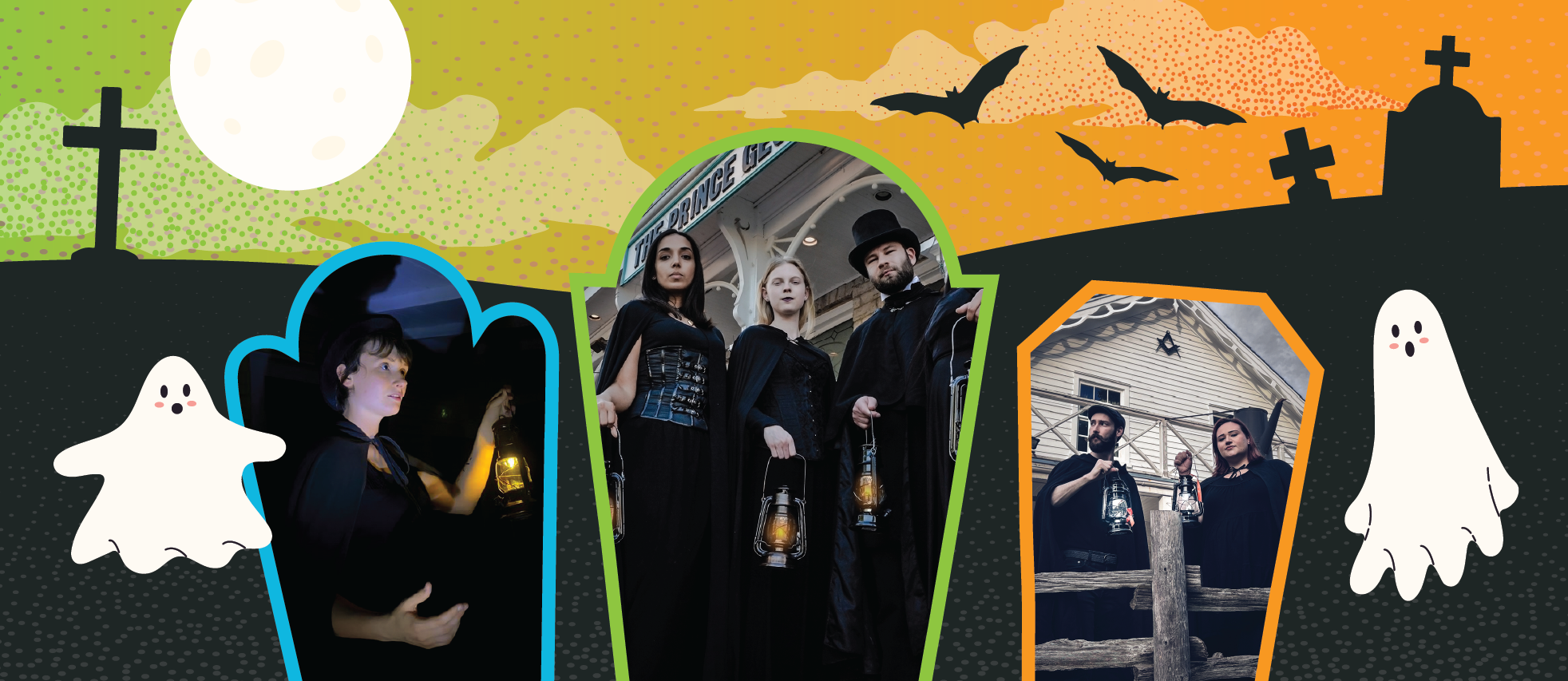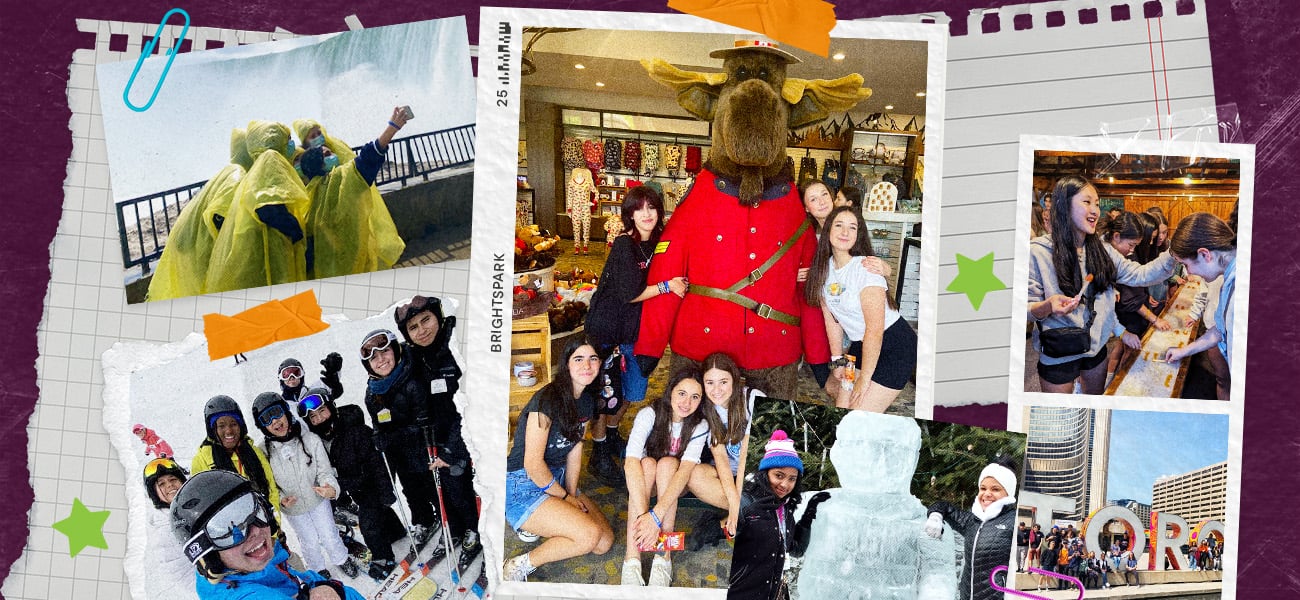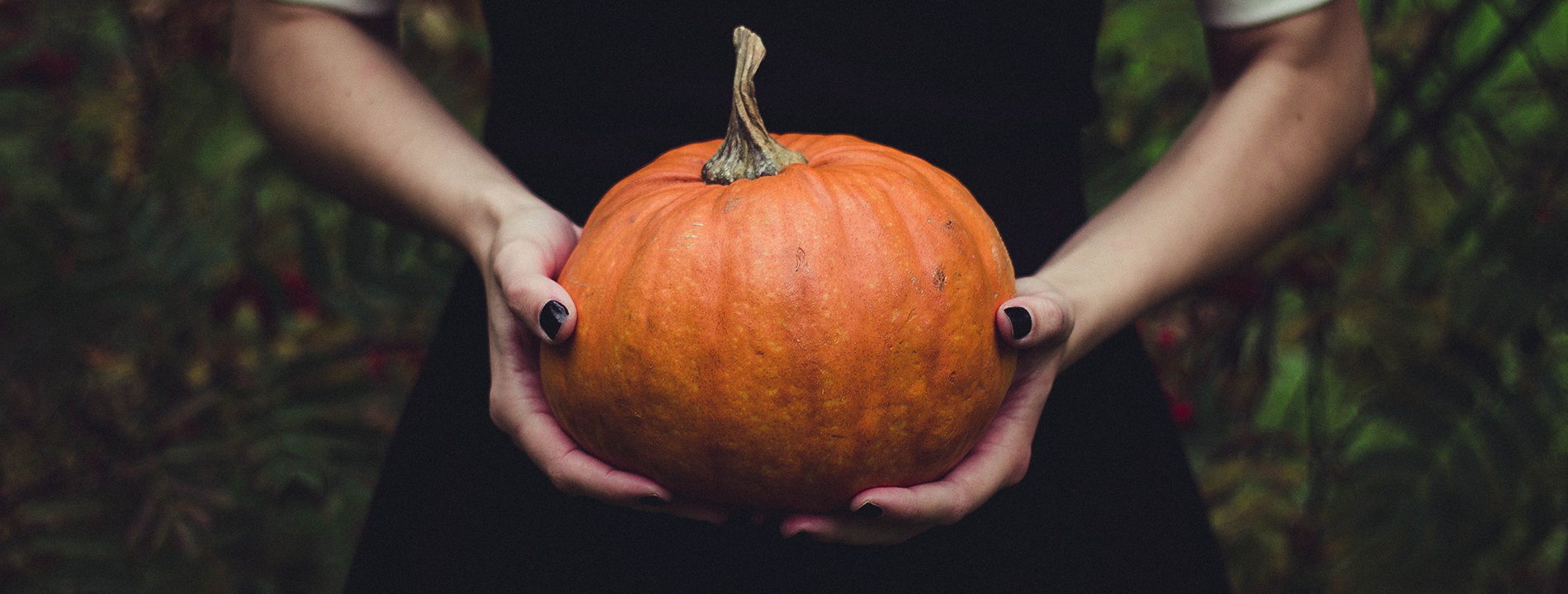Whether you’ve ever taken the plunge into a tub of water or have just seen it in those classic Halloween films and TV shows, bobbing for apples is a long-standing autumn tradition. But do you know where the game comes from? Or why we do it around this time of year as opposed to, say, bobbing for strawberries in the summer? Have you ever thought about incorporating this lighthearted game into your classroom lessons? We have! This Halloween, get into the spirit with your students with some historical and scientific knowledge and splash into some spooky fun—Brightspark is taking you bobbing for apples answers!
Make a splash this Halloween with some knowledge, excitement, and a touch of that good ol’ apple magic.
Taking a Bite out of History
The tradition of bobbing for apples can be traced back to ancient Celtic and Roman times. Apples held special significance in these cultures.
The Celts celebrated the festival of Samhain in the autumn—the ancestor to our contemporary Halloween—and believed that apples had magical properties. Apples were a symbol of love and fertility to the Celts, who associated the ruby fruit with divination and magic. It became customary for young people to try to bite into an apple floating in water or hanging from a string as part of a matchmaking game. The Roman Feast of Pomona—the Roman goddess of orchards and harvests—occurred around the same time as Samhain. When the Romans invaded Britain, bringing apple trees with them, the holidays converged and apple bobbing became a fun autumn custom.
Bobbing for apples as a non-religious game became popular during the Middle Ages. Apples were readily available in the fall and the fruit was cemented as a symbol of the autumn harvest. When European settlers, including the Irish, Scottish, and Germans, arrived in North America, they brought these customs with them. The first apple trees didn’t arrive in Canada until the early 1600s when European settlers arrived with seeds. Since then, bobbing for apples has spread across the continent and become a beloved part of North American Halloween celebrations.
The Influence of Johnny Appleseed
The legend of one specific apple seed-sower, an American pioneer, has grown to capture the imagination of generations: Johnny Appleseed.
The colourful legend of Johnny Appleseed says that he was an eccentric figure who wandered from place to place, barefoot and wearing a tin pot as a hat, and carrying a large sack of apple seeds. As he walked, he scattered thousands of seeds across the United States and into Canada and thus began the hearty North American agricultural tradition of apples.
In real life, Johnny Appleseed’s name was John Chapman. Chapman was a nurseryman who did, in fact, travel around, mostly in the American Midwest, and established plant nurseries. Chapman’s widespread seed sowing ended up playing a large role in the western expansion of the late 18th and early 19th centuries. For example, the Ohio Company of Associates began offering a deal to potential settlers in 1792: any man willing to form a permanent homestead in the wilderness would be granted 100 acres of land. To prove their homesteads to be permanent, settlers were required to plant 50 apple trees and 20 peach trees. Chapman began planting orchards in advance of the settlers, selling the land to homesteaders for a profit. According to the New England Historical Society, John Chapman shared his seeds with the Native Americans he encountered during his travels and, in return, the Native Americans taught him how to use plants and herbs to make medicine and heal wounds.
Many Native American tribes played a large, often uncredited, role in the care and spread of the apple. Many tribes like the Oneida, the Algonquians, the Shawnee, and the Cherokee planted, cultivated, and propagated European apples on their land, contributing greatly to the development of dozens of varieties of apples still produced today. You can read more about the Indigenous fostering of apples in North America here.
Canada has its own version of Johnny Appleseed, too, in the legacies of horticulturists George Leslie and Francis Peabody Sharp.
The Science Behind the Bob
Bobbing for apples is more than just a fun game that involves splashing water everywhere—it’s actually a playful physics lesson in disguise! Apples float in water because of buoyancy, like Archimedes’ bathtub principle which states that an object immersed in fluid experiences an upward force equal to the weight of the fluid it displaces.
Apples contain air pockets and are designed for seed dispersal, meaning their buoyant effect is scientifically beneficial for apple trees. When animals eat apples and transport the seeds away from the parent tree, the buoyant seeds have a better chance of being carried by water, which aids in dispersal.
Activity Idea: Create a hands-on science experiment to prompt your students to answer the question: why does the apple float? You can gather objects with different buoyancies and have students record the results and summarize their findings.
Apple-tastic Classroom Activities
Add an educational twist to the tricks and treats of the season and turn apple bobbing into a spelling, math, or history lesson!
Spelling Splash: Transform bobbing for apples into a spelling bee. Write letters or words on apples (or red ping pong balls) and let students retrieve them while spelling out words or forming sentences. You could even make it a race between two teams trying to spell the same word. It's a splash of spelling fun!
Math Madness: Take the spelling splash idea but make it math-related! Attach numbers, functions, or entire problems to your “apples” and challenge students to solve puzzles by bobbing for the right answer or to answer the question they get on their apple.
Historical Harvest: Fill a tub or two with apples and various other buoyant objects (could be pencils, pens, markers, blocks—anything will do!) Assign each object a specific resource, like “shelter” or “clean water” or “agriculture,” based on the era of history that you’re studying. Divide your class into two teams. Within a specific time limit (1-2 minutes), each team will have to rotate through its members and have them bob for materials. At the end of time, the teams come together to structure their society using the materials they collected, including negotiating with the other society to trade resources.
So! Now you know the surprising history, playful science, and educational potential of apple bobbing. Will you bring this age-old tradition into your classroom? Make a splash this Halloween with some knowledge, excitement, and a touch of that good ol’ apple magic.



![Hunt for Ghosts Across Canada [Classroom Resources]](https://www.brightsparktravel.ca/hubfs/BSCA-2022-Halloween-hero-BLOG.jpg)
![What Even is Hallowe’en? 🎃 [Classroom Resources]](https://www.brightsparktravel.ca/hubfs/halloween.jpeg)
